Arguably the most important tool for any outdoorsman: a good
blade. But for the modern-day
frontiersman who favors period black powder shooting, not just any knife will
do. This year’s CLF fundraising auction
is fortunately graced with an outstanding knife and sheath set by artisans
Robert Park and Linda Pritchard.
Accomplished bladesmith Robert Park handcrafted the knife, which
is forged from 1084 spring steel. It’s a
well-proportioned piece: the handle is 4 ¼” long, while the blade itself
measures 5 ¼” inches. The artist
skillfully married a historical pattern with a contemporary twist. It’s “an English trade knife,” says Park, “with
some of my own styling.” The handle is
crafted from French box wood, with a linseed oil finish.
Park sites the CLA and its artists as a major influence in his
work, having studied with noted craftsmen including Joe Seabolt, Ian Pratt, and
the House brothers. The CLA, says Park,
is simply a “Great organization. The
other artists give me a lot of inspiration to make better knives to get to a
higher level.”
This project, says Park, was the brainchild of quill artisan
Linda Pritchard. Pritchard explains that
the sheath which she crafted for this set “is inspired by the quillwork and
moose hair embroidery from the Great Lakes region of the 18th and early 19th
centuries.” The body of the sheath is
constructed from brain tanned deer hide and lined with another sheath made from
rawhide. “In this piece,” she says, “I used silk and linen threads and tried to
stay as historically accurate in the creation of the sheath as possible while
using a bit of my own artistic expression.”
The completed sheath was then dyed with black walnut from the Pritchard
farm.
Pritchard adorned the face of the sheath with a stunning pattern
executed in porcupine quills and moose hair; the sheath is further set off with
extra details including glass trade beads, brass hawk bells, and handmade tin
cones filled with dyed deer hair. The artist largely crafts her own
period-appropriate dyes: madder root for orange, indigo and verdigris for blue,
and bloodroot for yellow.
While maintaining a respect for history, Pritchard explores her
own artistic vision. “The scalloped
moose hair portion along the border of the sheath,” she explains, “was
common among the Huron pouches as well as other Great Lakes tribes. The center zigzag design and the quilled
wrapped edging was also very common and used throughout the 18th century
by the Great Lakes tribes.” Due to such
historic examples, the artist observes, “I’m sometimes inspired to recreate an
original, but the originals remain only as an inspiration, never as an
exact copy.”
This exemplary set is simply the artists’ way of contributing to
an organization that has been crucial to their own development as
craftspeople. “I feel so humbled to be
there among all the great artists,” says Pritchard. “I am so lucky to have the encouragement from
the CLA members and fantastic artists there because I am sure without them I
would have never been inspired to keep working to improve my craft.”
For more information on the work of the artists, contact:
Robert Park (rpark1760@icloud.com)
Linda Pritchard (lpritch@columbus.rr.com)
Copy by Josh Shepherd with photos by David Wright





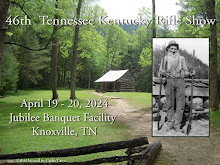

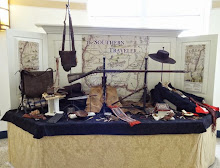





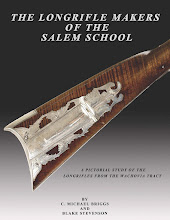

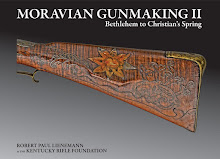


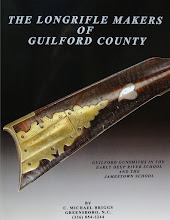

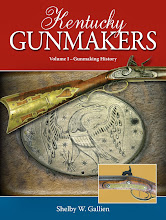









No comments:
Post a Comment
Note: Only a member of this blog may post a comment.